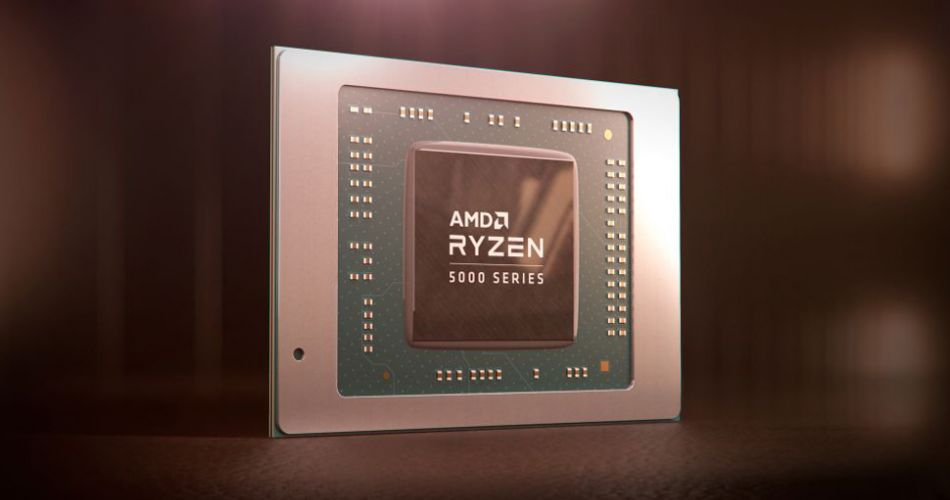AMD’s Robert Hallock Dispels Zen 4 PCIe Gen4 Rumors, Talks Future of ‘Zen Philosophy’

In a new YouTube video looking back over five years of its Zen architecture, company representatives also discussed future products, including the next-gen (AM5) platform and 3D-VCache CPUs, both scheduled to land next year, when they’ll fight for spots on our best gaming CPU list.
The video, featuring AMD’s Chief Marketing Officer, John Taylor, and Director of Technical Marketing, Robert Hallock, also delved into how AMD’s original “Zen philosophy” will continue to drive the company’s innovation and help it remain competitive against Intel’s imminent Alder Lake platform and beyond.
Hallock described AMD’s strategy as four main pillars that it needs to get right to be successful: Core Architecture, Process Technology (like TSMC’s 7nm), CPU frequency, and platform (AM4, AM5).
To maintain future competitiveness, the duo said AMD will not be chasing the mixed core strategy that Intel is now focusing on, which Hallock described as possibly “harder to address in software.” Rather, AMD will go back to its roots and build CPUs around the same Zen philosophy that got it to this point.
Hallock is confident AMD can build smaller cores, combined with excellent packaging and good firmware, that will be significantly faster and especially more power-efficient, than what current Ryzen CPUs deliver.https://www.youtube.com/embed/yE9PsKWYYXA
Future AMD Products
Hallock also confirmed that the long-lived AM4 socket is nearing the end of its life. In 2022, AMD will be replacing AM4 with a “new platform” (AM5 wasn’t directly named), which will be incorporating DDR5 support and cooler compatibility with existing AM4 devices. The first Ryzen architecture to support AM5 will be Zen 4, which should arrive next year.
Hallock also confirmed that the next platform will support PCIe Gen 5.0, though of course stating the platform will support the technology doesn’t necessarily mean all CPUs on that platform will feature that faster next-gen pipeline. Note that the company’s current-gen GPU-equipped APUs (like the Ryzen 5 5600G) top out at PCIe 3.0, despite the Zen 3 architecture it’s based on being fully capable of 4.0 bandwidth.
There was also an update on 3D V-Cache technology, with Hallock confirming that Ryzen CPUs incorporating V-Cache will be coming out early next year–before Zen 4. 3D V-Cache is a new technology AMD announced several months back that will give Ryzen up to a 15% performance improvement in gaming workloads.
3D V-Cache’s incredible performance enhancements result from tripling the amount of L3 cache a Ryzen CPU has access to. For a top-tier Ryzen 9 5950X, that equates to 192MB of L3 cache. This is done by 3D stacking multiple layers of L3 cache on top of each other and connecting the layers to the CPU with a high-quality interconnect. The plumbing for 3D V-Cache is already done on current Zen 3 chips. All AMD has to do is install the extra L3 cache layers when ready and that’s it. For much more on AMD’s 3D packaging and V-Cache, check out our explainer from Hot Chips back in August.
We don’t have an official name for the initial V-Cache lineup just yet, but the CPUs will effectively be a Zen 3 refresh, with significantly more L3 cache than current Ryzen 5000 processors, and reside on the AM4 socket. This will be the last CPU lineup to run on AM4 before AM5 (or whatever it officially gets labeled) replaces it with Zen 4 later in 2022.